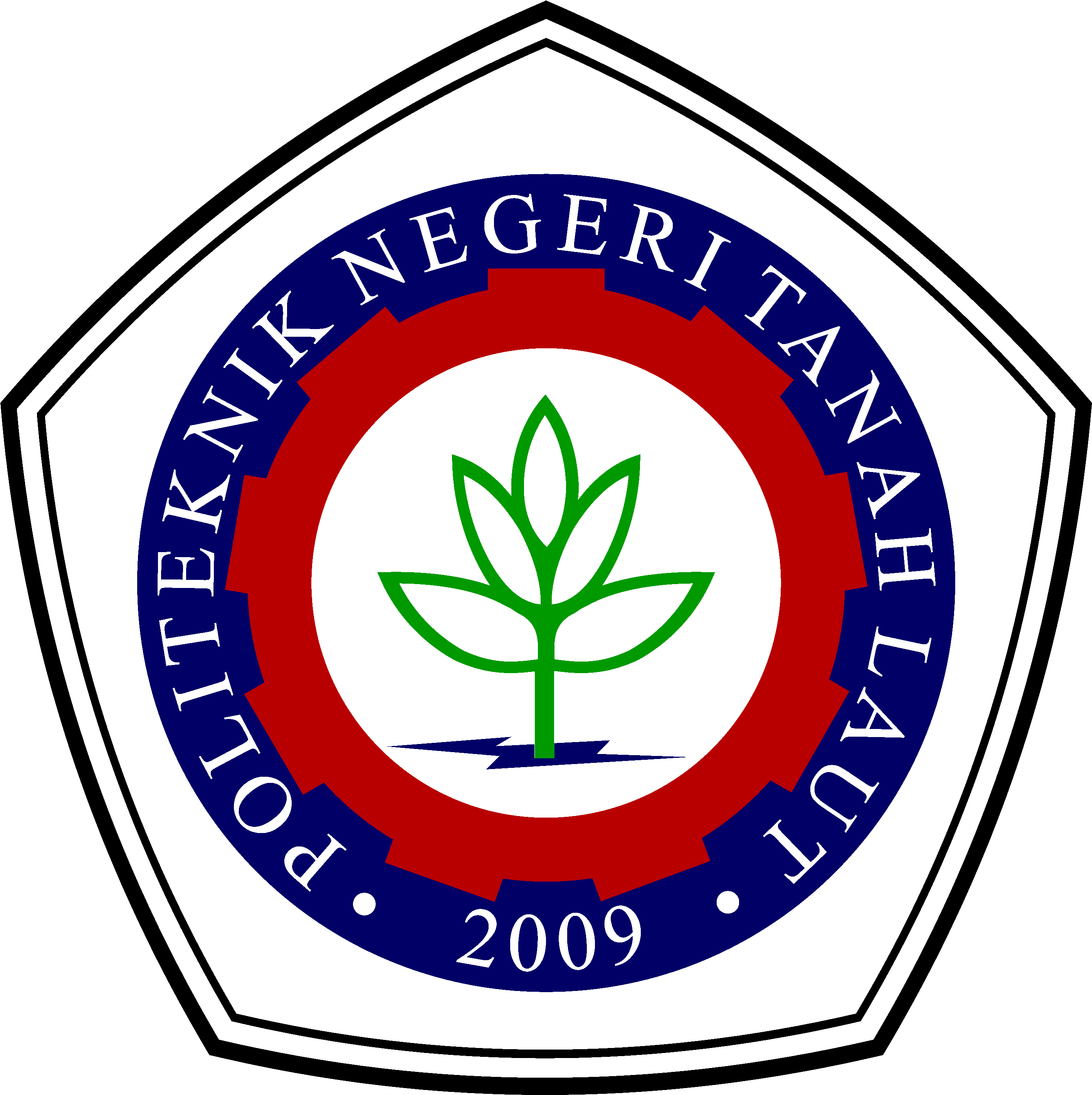AERODYNAMICS ANALYSIS OF 300 MM CALIBER ARTILLERY ROCKET FOLDING FINS
DOI:
https://doi.org/10.34128/je.v10i1.223Keywords:
Aerodinamics, fin design, drag force, lighting force, natural frequencyAbstract
Aerodynamic analysis is an important part of the rocket design process. In this study, the analysis was carried out on the design of the 300 mm diametres artillery rocket fins. The rocket was developed to replace the TNI AD MLRS rocket, which is currently an imported product, so the geometry of the MLRS launch tube is a design limitation, and the rocket fins must be able to fold before launch. Aerodynamic analysis was carried out using the RASAero II flight speed Mach 2.0 application. Variations in the dimensions of the fins used in this study were: the length of the front and rear edges of the fins with variations in the size of 10, 30, and 50 mm, the thickness of the base of the fins with variations in the size of 5, 10 and 15 mm. The simulation results show that the folding fin size 50T5R has a drag force of 145 N and a lifting force of 1081 N, a fin with an optimal design. Based on natural frequency analysis, fins with sizes 10T5R, 10T10R, 30T5R, 30T10R, 50T5R, and 50T10R are fins with structural values safe from vibrational resonance.
References
Kemhan_RI. (2015). Buku Putih Pertahanan Indonesia 2015
Cahyono, A. M., Navalino, D. A., & Yogaswara, Y. H. (2021). Analisis Persyaratan dan Tingkat Kesiapterapan Teknologi Sistem Senjata Roket Balistik R-HAN 122 B untuk Pertahanan Indonesia. Jurnal Teknologi Persenjataan, 3(2), 32–48.
Madhulaalasa, K., Shishir, P., Prasad, P. V. S., Mohanta, P. K., & Sapkale, S. (2022). Effect of the Leading-Edge Sweep on Wrap-Around Fins. INCAS Bulletin, 14(1), 69–78. https://doi.org/10.13111/2066-8201.2022.14.1.6
Emma, F. (2018). Design, Manufacturing, and Integration of Fins for 2017-2018 OSU ESRA 30k Rocket. In Oregon State University (Issue June). https://ir.library.oregonstate.edu/concern/honors_college_theses/1831cq806
Sharma, N., Nagi, G. S., Chaudhary, H., Saini, P., & Kumar, R. (2020). Computational flow field analysis around a single wrap-around fin. INCAS Bulletin, 12(2), 199–216. https://doi.org/10.13111/2066-8201.2020.12.2.17
Na, H. J., Kim, C. G., Lee, I., Kim, J. Y., & Bae, S. Bin. (2017). Nonlinear aeroelastic analysis of a rolling wraparound fin. Journal of Spacecraft and Rockets, 54(5), 1041–1049. https://doi.org/10.2514/1.A33516
Zhang, Guo Qing, Yu, S. C. M., & Schlüter, J. (2016). Aerodynamic characteristics of a wrap-around fin rocket. Aircraft Engineering and Aerospace Technology, 88(1), 82–96. https://doi.org/10.1108/AEAT-03-2014-0030
Lippmann, R., Kletschke, L., Schmohl, R., Khan, E., Buchmann, B., Burnicki, A., Tornow, F., Hansen, L., Balaban, M., Strauss, M., Pich, M., Dauksch, P., Adirim, H., Berlin, T. U., & Pf, F. (2021). OVERVIEW OF THE CURRENT WORK ON THE STUDENT ROCKET DECAN-AQUARIUS AT THE TU BERLIN. Deutscher Luft- Und Raumfahrtkongress, 1–10.
Rose, T. J., & Niemeyer, K. E. (2021). A Statistical Approach to Design of a Liquid Engine Launch Vehicle. AIAA Propulsion and Energy 2021 Forum, 3355.
Shubov, M. A., & Shubov, M. V. (2017). Aerodynamic performance of ultra long range projectiles. Mathematics in Engineering, Science & Aerospace (MESA), 8(1).
ToolBox, E. (2003). U.S. Standard Atmosphere vs. Altitude. https://www.engineeringtoolbox.com/standard-atmosphere-d_604.html
Raza, A., & Wang, H. (2022). Range and Accuracy Improvement of Artillery Rocket Using Fixed Canards Trajectory Correction Fuze. Aerospace, 9(1). https://doi.org/10.3390/aerospace9010032
Zhang, G. Q., Ji, L. C., Xu, Y., & Schlüter, J. (2015). Parametric study of different fins for a rocket at supersonic flow. Proceedings of the Institution of Mechanical Engineers, Part C: Journal of Mechanical Engineering Science, 229(18), 3392–3404. https://doi.org/10.1177/0954406215590642
Phillips, W. F., Hunsaker, D. F., & Joo, J. J. (2019). Minimizing induced drag with lift distribution and wingspan. Journal of Aircraft, 56(2), 431–441. https://doi.org/10.2514/1.C035027
Djatmiko, A. B., Rahmasari, F., Yuniati, E., & Budiarto, G. T. (2021). Perancangan k ekuatan s irip r oket RX 450 s eri 18 . 01 a kibat p engaruh b eban g etaran Design of RX 450 series 18 . 01 rocket fin strength due to the effect of vibration load. 27(3), 88–94.
Andria, N. (2011). Analisis Flutter Sirip Roket Balistik RX-420 dengan Melibatkan Modus Gerak Kaku Struktur Roket. MAKARA,TEKNOLOGI, 15(2), 107–114.
Achara, N., Bongdap, E., & Keza, N. (2018). Aerodynamic Characterisation of Rocket Fin Flutter Using Computational Fluid Dynamics ( CFD ). 2, 30–34.
Sugiarmadji. (2010). Karakteristik Dinamik Struktur Roket RKN Bertingkat pada Kondisi Terbang-Bebas ( free flying ). Jurnal Teknologi Dirgantara, 8(1), 29–35.
Downloads
Published
How to Cite
Issue
Section
License
Copyright (c) 2023 ELEMEN : JURNAL TEKNIK MESIN

This work is licensed under a Creative Commons Attribution 4.0 International License.




